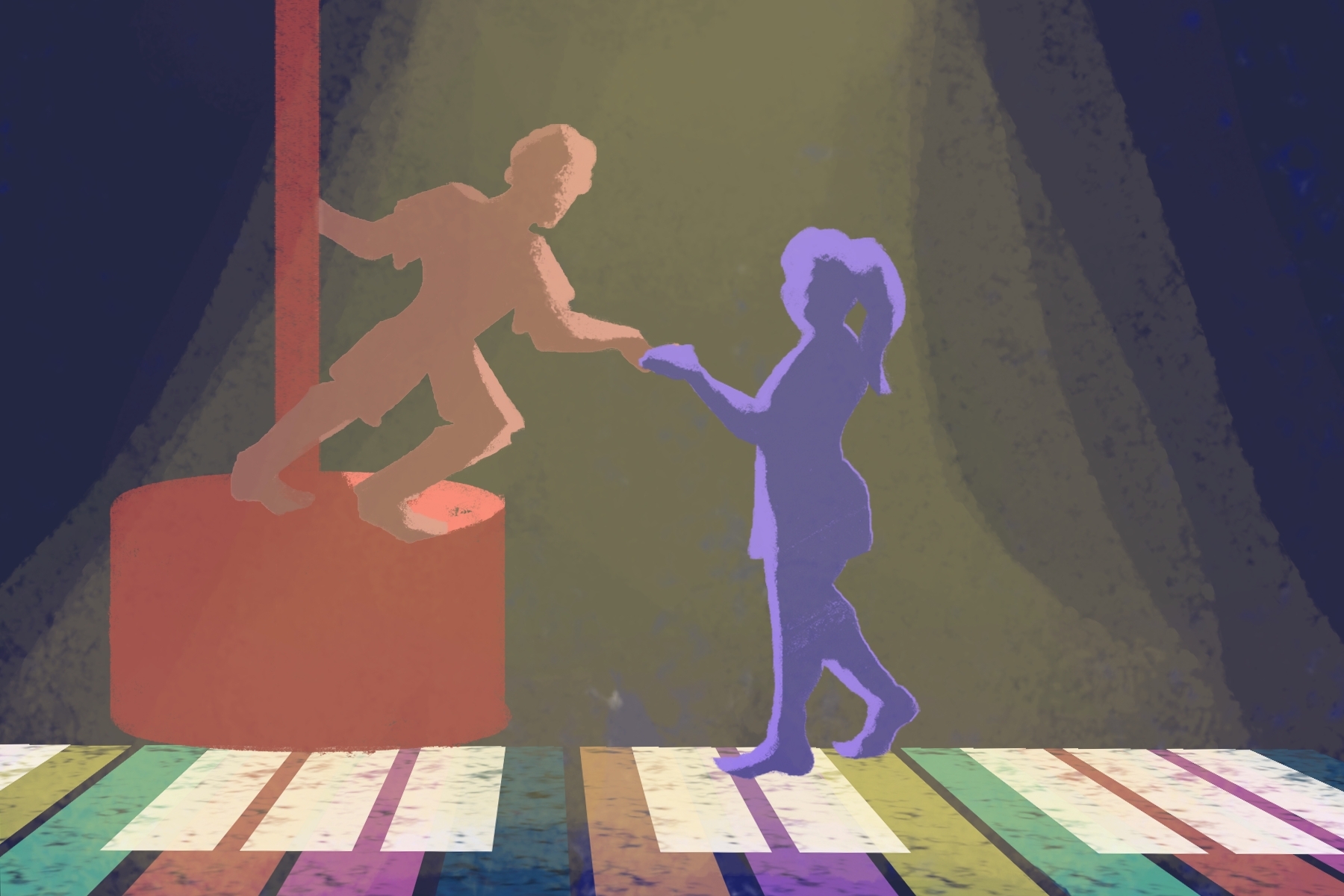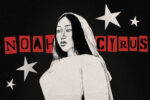Debates around art seem never-ending. What is good? What is bad? Who decides? When do you have enough credibility to decide who decides? Something so subjective that is governed by tastes and preferences causes so much controversy. And much of that disagreement simply stems from the question around what art actually is. The longer you ponder it, the harder it gets to answer.
By definition, art is the expression of ideas through creative skill and imagination. But that doesn’t ever seem to settle the conversation — if anything it fuels it. The idea of creativity and skill pushes many to believe art should be hard to make. It should take effort, thought and practice. Therefore anything that seems too easy, predictable or simple is not “real” art. This created the theory of “high” and “low” art.
Low art refers to pop culture that is accessible and appeals to the masses. It’s less sophisticated and highly consumable. High art is intellectual, exemplary, top-tier. It’s also inaccessible and is often included in debates surrounding elitism.
The idea of “high” and “low” art can be traced back to writers and the philosophers of the 18th century. They drew a distinct line between certain artistic pursuits to determine which were, for lack of a better word, better. High art was for aesthetic contemplation and was more valuable. Low art, on the other hand, was simply functional and less important.
In our modern world, “low” art might be exemplified by artists such as Selena Gomez or Miley Cyrus. Nicholas Sparks novels or “Riverdale” might also fit the bill. Movies, books or musical theatre created to appeal to many people, or simply appealing to many people, are criticized for not being artistic enough.
Maybe it’s art because it’s not science or math, but “real” artists would know that this isn’t “real” art — that’s usually where the conversation seems to go. I’ve always thought the distinction between “high” and “low” art was unfair, and often doesn’t give enough credit to “lesser” artistic pursuits.
Nothing can ever be judged in its own right anymore; instead work is compared to everything that came before it and everything it could have been instead. Classical music is “more sophisticated” than all forms of popular music like jazz, the blues or rock. But jazz, the blues and rock are all better than what we call “pop” music, usually referring to Top 40 hits. The debate is no different in any other medium.
Martin Scorsese brought the conversation into the film world recently in a piece for The New York Times where he said Marvel movies were not “cinema.” He noted that cinema, in his world, was about “aesthetic, emotional and spiritual revelation.” These words echo eerily similar to those of the writers of the 1700s. He goes on to explain that cinema is an art form, italicizing the word “art.”
The distinction between “high” and “low” art has always frustrated me simply because the conversation usually fails to acknowledge that appreciating “high art” usually requires some form of education, formal or not. It no longer becomes a question of preferences but privilege — education and class.
Who has the means and opportunity to study classical music enough to make an opinion on it? Who could afford to study the works of Manet and Degas? “Low” art becomes low when it’s consumed by the general public, but people fail to acknowledge that this might be the case simply because that is what is available for the majority to understand.
Maybe the differentiating wouldn’t be such a problem if it wasn’t done with the implications of superiority. The words themselves “high” and “low” have enough connotations to make it clear one should be respected, and one can be mocked.
But superiority is human nature. We judge what we have do against others. We try to “keep up with the Joneses.” And so with art, we must decide what is better, and by extension, who is better.
Those who watch Kenneth Anger or Don Siegel are more sophisticated than someone who’s seen “How To Lose A Guy In 10 Days” 10 times. Those who read “Twilight” or “Fifty Shades of Grey” have no understanding of literature compared to “Little Women.” Never mind what someone actually likes.
Fans of “low art,” the ones that like rom-coms and Justin Beiber, the ones that think Society6 prints are the best way to decorate their apartments, are looked down upon. They’re called “basic” and it’s assumed they’re not complex enough nor do they have the intellectual capabilities to like anything better.
This always makes me sad. I believe art is supposed to provide meaning for things we can’t explain, in a way we can. To contextualize our existence as more than something singular. So that when you look at a piece of art you can say “I helped make that” even if the only thing you did was be human.
The fact is the basic elements of our human existence are the building blocks of most art: love, family, loss, anger. It shouldn’t matter how those feelings are represented so long as someone gets it.
Why should the qualifier that makes certain work “better” be that it’s harder to understand and inaccessible to “everyday people”? Where did we get the idea that something must be earned in order to be enjoyed?
Artists don’t want their work to be considered “low,” but they want it to be understood. There’s a fundamental contradiction when once something generates mass appeal, it has lost its value. Or that it only has value if a select few understand it. It seems work is only good until it’s too good, then it’s bad.
When Martin Scorsese said Marvel movies weren’t cinema, implying his work was, I found it oddly ironic. He is easily one of the most popular, well-known and accessible filmmakers — by definition of “low.” It doesn’t make him bad, but when he implies other popular works are less valuable because they’re well liked, I can’t help but roll my eyes.
I’ve always been a fan of low art, not because I’m “basic” or lack intellectual capability, and not even because I like every piece of work that could fit into that category. I like it because I see it as a beautiful uniting force. It’s a representation of where culture is at, what we collectively value and what’s important to us.
It also becomes an inevitable part of the history we leave behind. I’m also a fan of certain “high” art because I’ve studied it, whether in school or by myself, and have developed an appreciation for what it can give me too. I also recognize the privilege I have in order to do that.
Ultimately, I can see the difference between “high” and “low” art but that shouldn’t and doesn’t mean “better” or “worse” — it just means different. I will defend “low” art even if I can’t personally stand a movie or song because, at the end of the day, my personal preferences aren’t important. If a song, movie or book matters to one person, a few, or the entire population, it has value, and that should be enough.
















